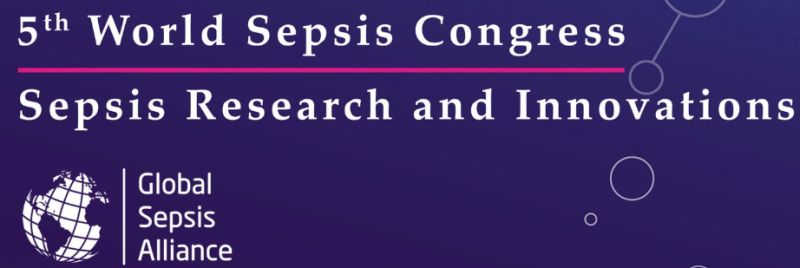Earlier this month, our CEO Lori Arakaki had the opportunity to attend part of the World Sepsis Congress, a global gathering of experts, clinicians, and advocates focused on one of healthcare’s most devastating and costly conditions.
The sessions focused mainly on the long-term consequences of surviving sepsis – an area that’s often underreported, yet deeply sobering.
Here are just a few statistics that stayed with us:
– 42% mortality rate for sepsis patients who had an ICU stay
– 50% of sepsis survivors die within the first 3 years of their initial hospitalization
– 1 in 3 survivors won’t make it to their one-year mark
– 25% of survivors are discharged to skilled nursing or long-term acute care
– Survivors often live with mental health disorders, cognitive impairments, and cardiovascular disease
These numbers are staggering, but they’re also why we’re building VitalO₂.
Early recognition and treatment of sepsis can mean the difference between full recovery and lifelong disability or worse. By giving clinicians real-time visibility into oxygen levels inside cells, we believe that VitalO₂ has the potential to keep many patients out of the ICU and on a path to better outcomes.
We’ll be sharing more insights from the World Sepsis Congress as session videos are released in the coming weeks. In the meantime, we want to thank the sepsis survivors and families who bravely shared their stories. Their voices serve as a powerful reminder of why this work is so important.
Let’s make sepsis more survivable—together.
